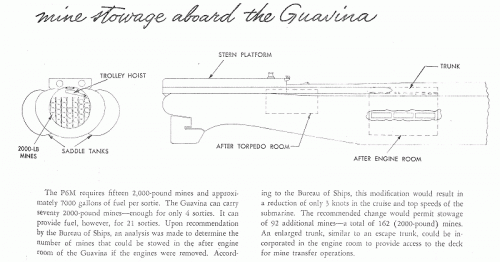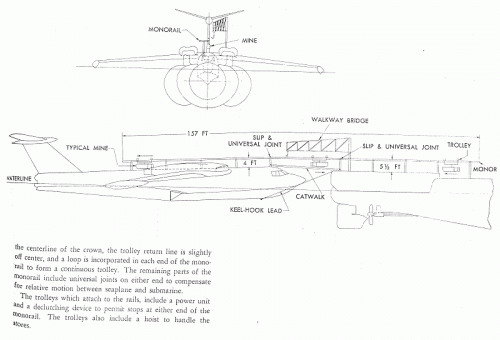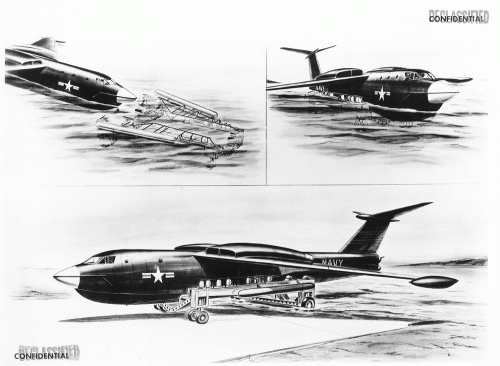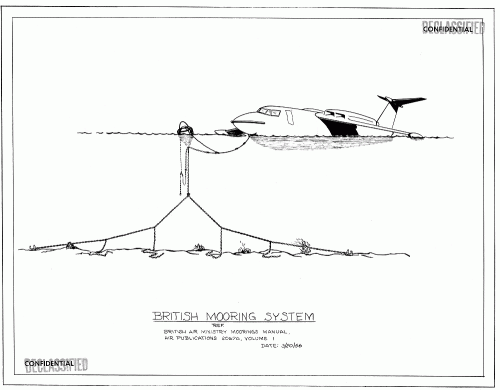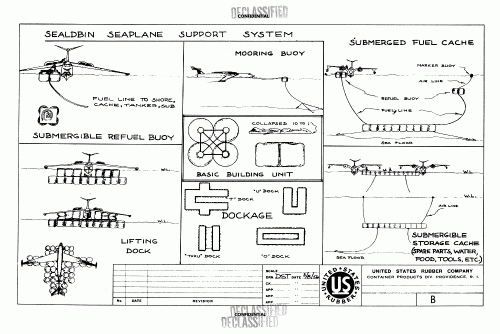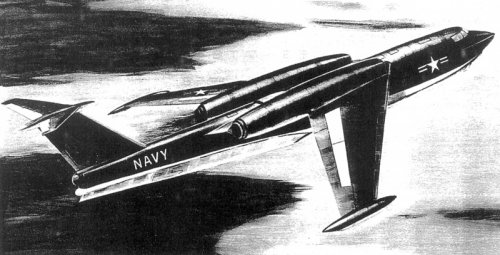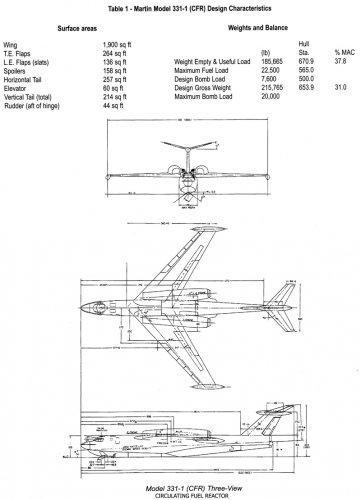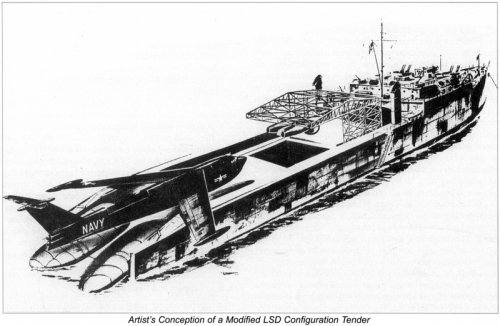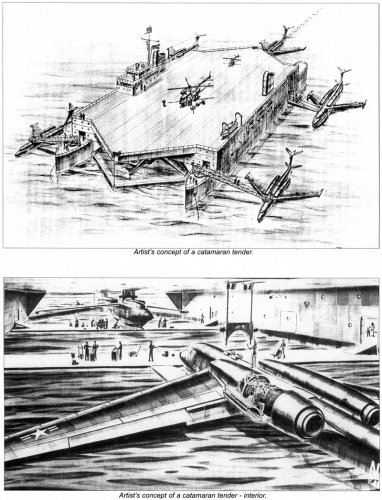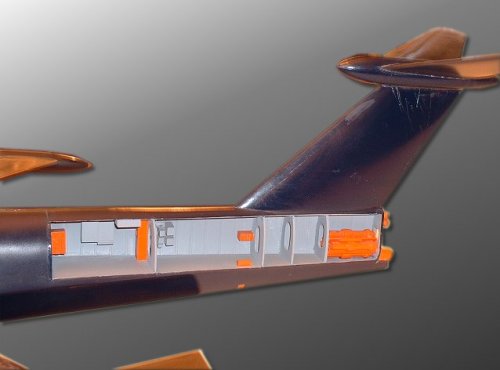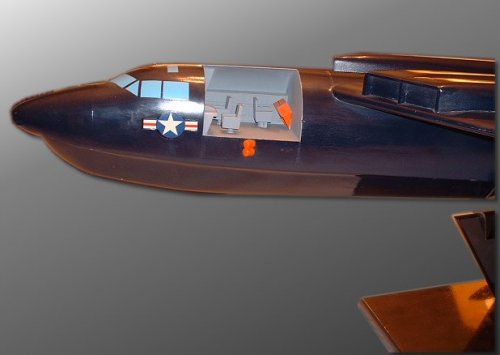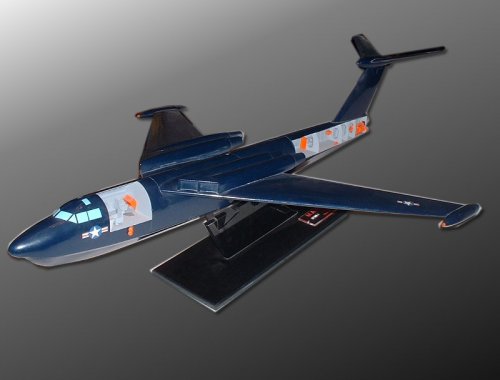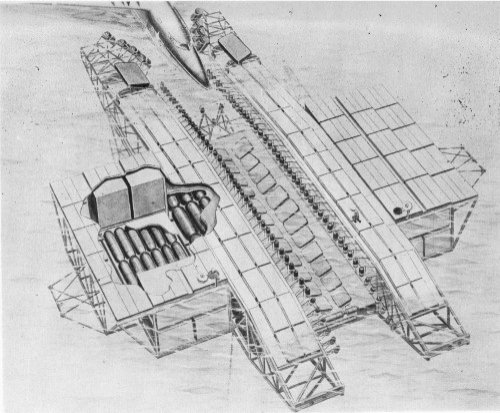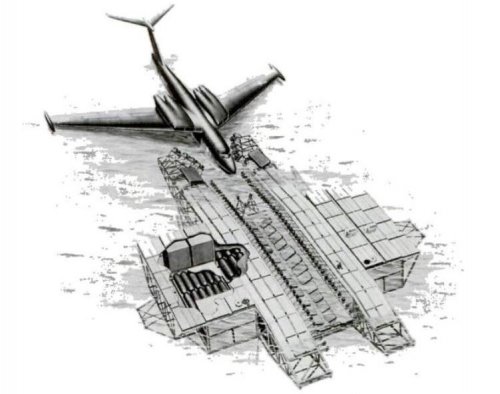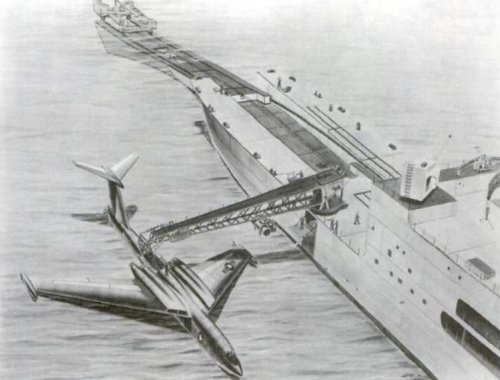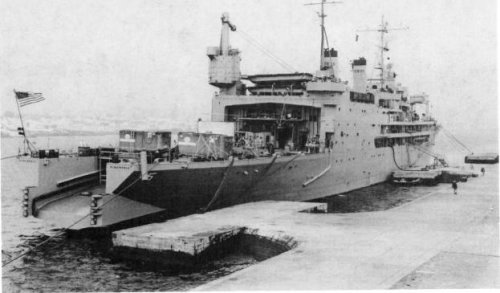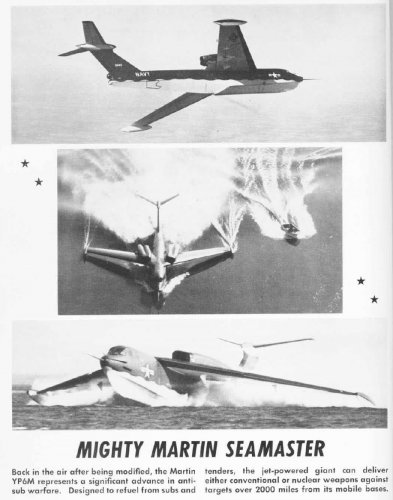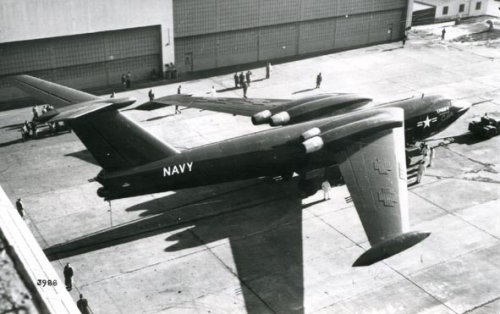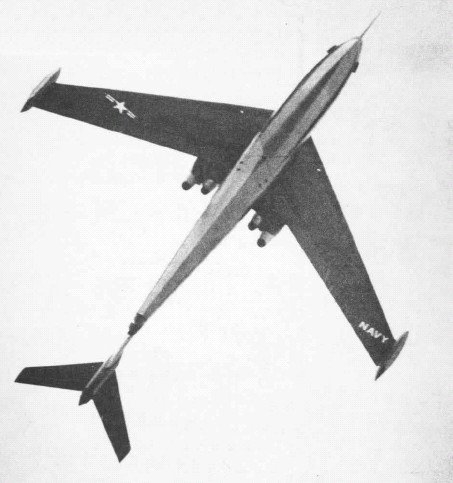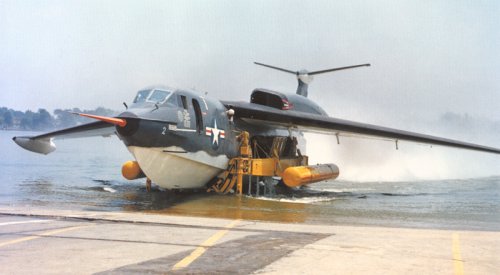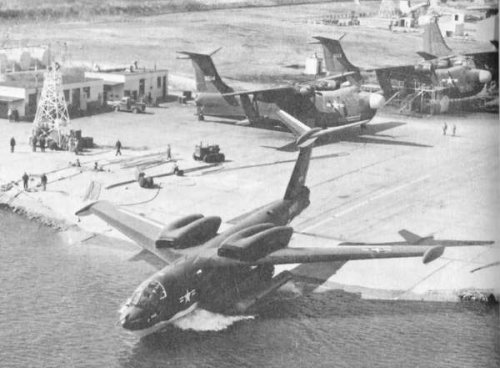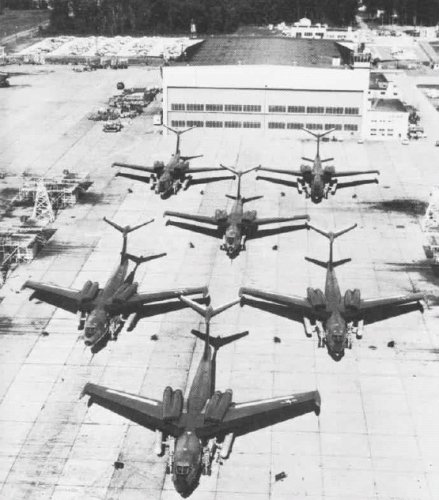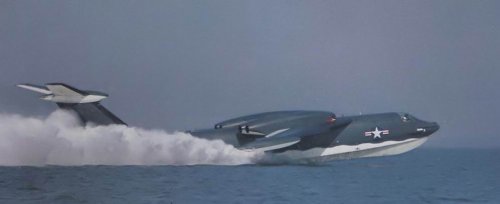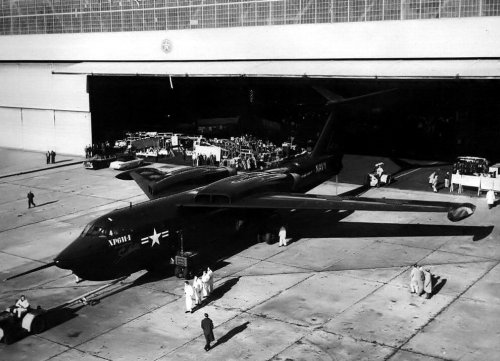Triton said:
I understand from Wikipedia that after the cancellation of the SeaMaster program, Martin tried to sell the aircraft as a commercial airliner. Does anyone have information about the commercial SeaMaster?
Here is what the Glenn L. Martin Museum has to say about planned P6M developments:
Martin engineers and executives tried to generate interest in an eight-jet transport version of the P6M, whimsically dubbed the SeaMistress, a huge nuclear-powered flying boat, and a supersonic seaplane somewhat resembling the Air Force Canberra. But there were no takers. Martin Chairman George Bunker announced that the company was now in the missile and electronics business. Fifty years of aircraft design and production was at an end.
No civil airliner here, only a cargo transport. But then I could be wrong, since there remain quite a few Martin project designations that even the Martin Museum's archivists have not been able to document.
Abraham Gubler said:
Its pointless posts like this that are ruining this board.
I surely wasn't aware that this board was "wasted", until you mentioned it. Sharing an opinion is never a "waste" when there is no attempt to push it and when it is not offensive. This is not an intranet board for professional, this is an internet forum (mind the Latin meaning of that word) where non-professional enthusiasts, some "enlightened", some not, can come and discuss the aircraft they like, not necessarily with the notion that every word they type has got to be 100% useful, relevant and serious, and certainly not on the basis that it will be scrutinized from a professional's point of view.
Abraham Gubler said:
The Seamaster was NOT a waste of taxpayers money though it might have been a waste of Vought's money (but in good faith). It was developed to meet an entirely reasonable specification for the US Navy of a survivable basing, long range, strike aircraft based on a long tradition of similar aircraft. That the product did not fully mature is just one of those risks of developing new technology. That the specification did not survive the cost cutting of the budget process is just one of those risks of working for Governments.
You missed the point of my comment completely. It was a waste because the technology involved was not reused in some later programs as it often happens (in which case it's not a waste, only lessons learned that can be put to better use). The termination of the P6M program not only marked the end of Martin as an aircraft manufacturer, it also marked the end of nuclear-based aircraft projects, the end of flying boats, the end of large dedicated maritime patrol aircraft... So to my mind it WAS a waste of the taxpayer's money, all the more so since none of the aircraft could even be preserved to benefit later generations in a museum!
Abraham Gubler said:
Finally; we all know it looks good.
So because you think everyone agrees on something, there is no need to say anymore, right? Aren't you aware that beauty is subjective and personal by essence (isn't "we all know" a little excessive?). But let's say we follow your logic here: "everyone" knows the Mona Lisa looks good, so there is no need to say "wow" when you look at it? With your logic, it is pointless to marvel again and again at the same things... Let me tell you that there are buildings, paintings or photographs that I can look at regularly and still go "wow" over... and sharing that amazement with others doesn't seem a waste of anybody's time. I think your pragmatism and your quest for 100% efficiency is flawed because it only makes you intolerant towards those who do not see things the way you do.



